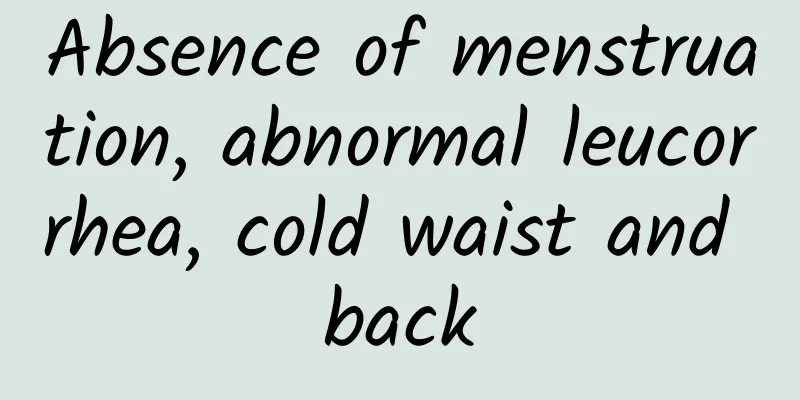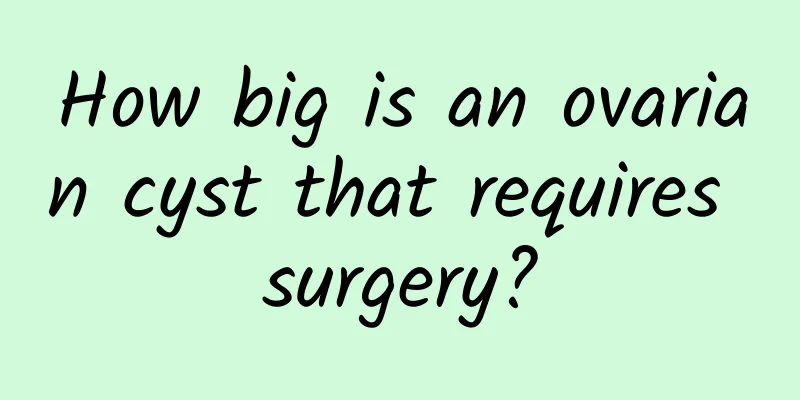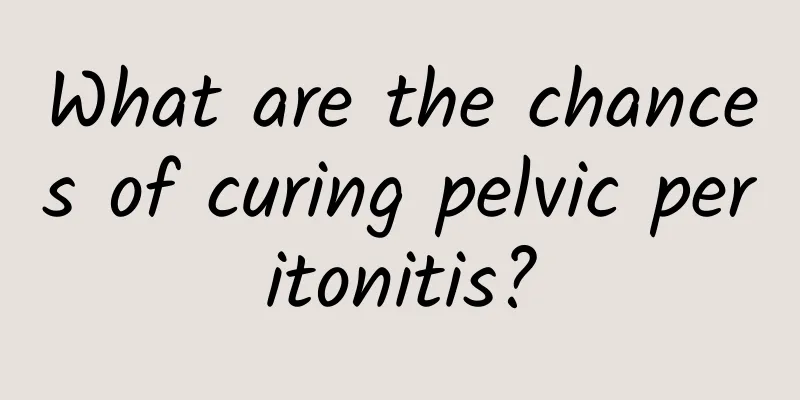Absence of menstruation, abnormal leucorrhea, cold waist and back

|
Absence of menstruation, abnormal leucorrhea, and cold waist and back may be caused by a variety of reasons, including endocrine disorders, gynecological inflammation, excessive stress, or bad living habits. Targeted conditioning or treatment is required according to the specific situation. Absence of menstruation may be related to endocrine disorders, common causes include polycystic ovary syndrome, abnormal thyroid function or hormone level disorders caused by excessive dieting. Abnormal leucorrhea is usually related to gynecological inflammation, such as bacterial vaginitis, candidal vaginitis or cervicitis. Cold waist and back may be related to kidney deficiency, insufficient qi and blood or cold. These problems may occur alone or may be related to each other. For example, endocrine disorders may cause menstrual disorders and affect leucorrhea secretion; gynecological inflammation may cause discomfort in the waist and back; and long-term cold or weak constitution may aggravate these symptoms. For amenorrhea, you can improve it by adjusting your lifestyle. Maintain a regular work and rest schedule and avoid staying up late; eat more foods rich in iron and vitamins, such as red dates, spinach, lean meat, etc.; proper exercise, such as yoga or jogging, can help regulate endocrine. If symptoms persist, it is recommended to see a doctor to check hormone levels, and use drugs such as progesterone and birth control pills under the guidance of a doctor if necessary. Abnormal leucorrhea needs to be treated according to the specific cause. Bacterial vaginitis can use metronidazole or clindamycin; fungal vaginitis often uses fluconazole or clotrimazole; cervicitis may require antibiotic treatment. Pay attention to personal hygiene on a daily basis, avoid using irritating washes, wear cotton underwear and change them frequently. Cold waist and back can be improved through traditional Chinese medicine conditioning, such as moxibustion, cupping, or taking warm and tonic Chinese medicine, such as angelica and astragalus. Keep warm at ordinary times, avoid sitting for a long time, and do appropriate waist exercises, such as bridge exercises or cat stretches. If symptoms persist or worsen, it is recommended to seek medical attention in time and undergo a comprehensive examination to rule out serious diseases. In daily life, maintain a good attitude and avoid excessive anxiety; eat a balanced diet and avoid raw and cold foods; exercise appropriately to strengthen your physical fitness. These methods can effectively relieve symptoms and prevent recurrence. |
<<: Gynecological diseases Low back pain Abnormal vaginal discharge
>>: Uterine fibroids abnormal leucorrhea
Recommend
How to avoid dysmenorrhea in daily life?
Many people want to know how to avoid dysmenorrhe...
A brief analysis of the harm caused by severe menstrual irregularity
Menstruation is a periodic vaginal discharge, whi...
Does uterine fibroids require surgery? What are the symptoms of uterine fibroids?
How many surgeries are needed for uterine fibroid...
Girls' Generation's vest line shows sexy and works hard on belly button exercises
South Korean girl group Girls' Generation rel...
At what age do women reach menopause?
Women usually go through menopause around age 50,...
Dysmenorrhea may be caused by excessive uterine contractions
Dysmenorrhea may be manifested as excessive contr...
You must know how harmful adnexitis is.
Female friends often hear the term adnexitis. Rat...
Experts remind: Common hazards of moderate cervical erosion
Moderate cervical erosion is a gynecological dise...
How big is the surgery for ovarian chocolate cyst?
How serious is the surgery for ovarian chocolate ...
Can B-ultrasound detect threatened abortion?
Nowadays, women are under great pressure from bot...
How big should uterine fibroids be before minimally invasive surgery? How does traditional Chinese medicine treat uterine fibroids?
Uterine fibroids are the most common benign tumor...
Conventional methods of Western medicine for treating amenorrhea
Conventional methods of Western medicine for trea...
What is the reason for the smell of blood after miscarriage?
Abortion usually refers to the termination of pre...
10 tips on how to lose weight healthily
Tip 1: A simple rice cooker soup for a complete m...
A common symptom of uterine fibroids is changes in menstruation.
The probability of uterine fibroids occurring in ...









